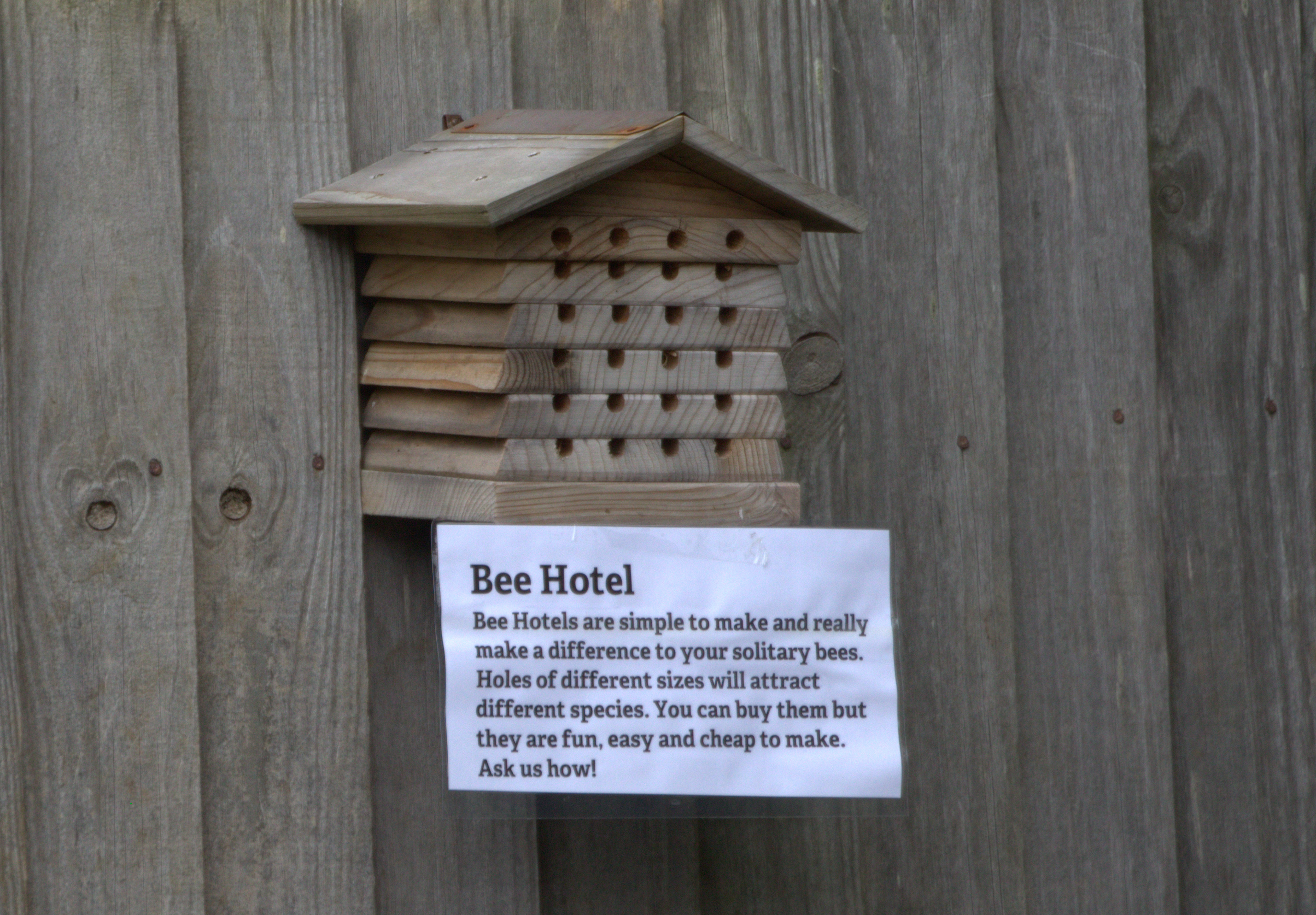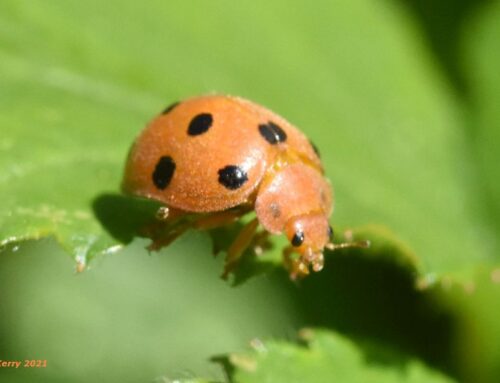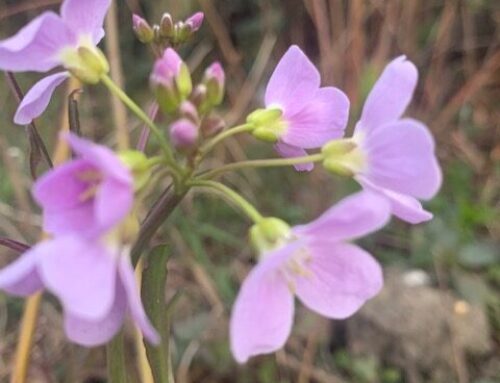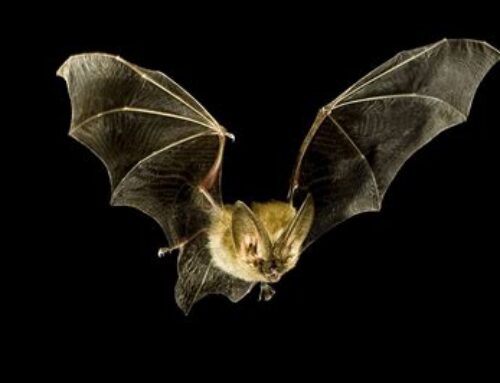Essential Bees
“If bees died out, mankind would only have 4 years left”
It seems Einstein probably never said that, but the quote has become a seminal one and we are currently facing a collapse in insect population numbers that should alarm us all. Without biodiversity and a healthy ecosystem we are probably doomed. If not to dying out then to a world without so many flowers, without butterflies, without …well, without much.
Bee Habitat
One of the things we can do to help is garden for wildlife, and a really good place to start is to make habitats that appeal to bees.
Different species of bee like different flowers and different homes. Attracting them will attract all sorts of other native species. We have just one type of honey bee but many bumblebees in Britain. Trying to identify them is fun and frustrating in equal measure…as they rarely stay still for long! (You can get a great bee saver kit from Friends of the Earth)
The first step to a truly wildlife friendly garden is to give up trying to be tidy! Sadly this doesn’t mean putting one’s feet up with a G&T, but allowing flowers to go over and seed. We should have woodpiles and rotting leaves, and to make sure there is shade and water. Water features should have plenty of twigs, stones, and other safety features.
Bug houses made with bamboo have not worked in my garden, although I still like them! I think perhaps the bees and other creatures prefer wood they recognise and they have plenty to choose from. So I’m building one from an old chest, using ivy and hazel branches cut to size. I shall add hollyhock stems and other wood as I go, plus some old brick and whatever I notice is getting holes drilled by insects.
Water for bees
If you don’t have a garden but have space for a pot, then perhaps you could plant one up with bee friendly plants and add a drinking station. Just sink a bowl into the soil, fill it with stones (exit ramps) and then it is easy to keep a wet corner without drowning your plants.
If you do have a garden, then a small pond is a great idea. It will attract and sustain so much more than just bees. Dragonflies, butterflies and birds will all thank you, as will any wildlife around.
Honey bees
I’d love to have honey bees actually making their honey for me to share, but research is suggesting that our traditional Langstrom type hives could be one of the problems as bees do not react well to interference, and indeed it seems odd to be taking honey and then feeding the bees sugar in the winter, or clipping the queen’s wings to keep her captive. Hollowed log hives are an answer, and wonderful for the bees, but hard to get any honey from.
An idea that is gaining traction is to create a “mock” hollowed out log with a main chamber that is never accessed by humans. This leaves the queen in peace and all the main honey for the hive. The nifty bit is the addition of mock hollowed out branches which do allow ingress by us. The idea being that in good years the bees will make additional honey in the extra chambers. That way we can share when they have more than they need, but only then. It is also being shown that when left much more alone like this, colonies are better able to survive verroa mite and collapse less often. Much is being learned about these amazing bees, and perhaps about ourselves.
If we are to have a future, we must learn to live with nature again, rather than live off it as we’ve been doing for far too long. What better place to start than with bees.
Jules Charrington












